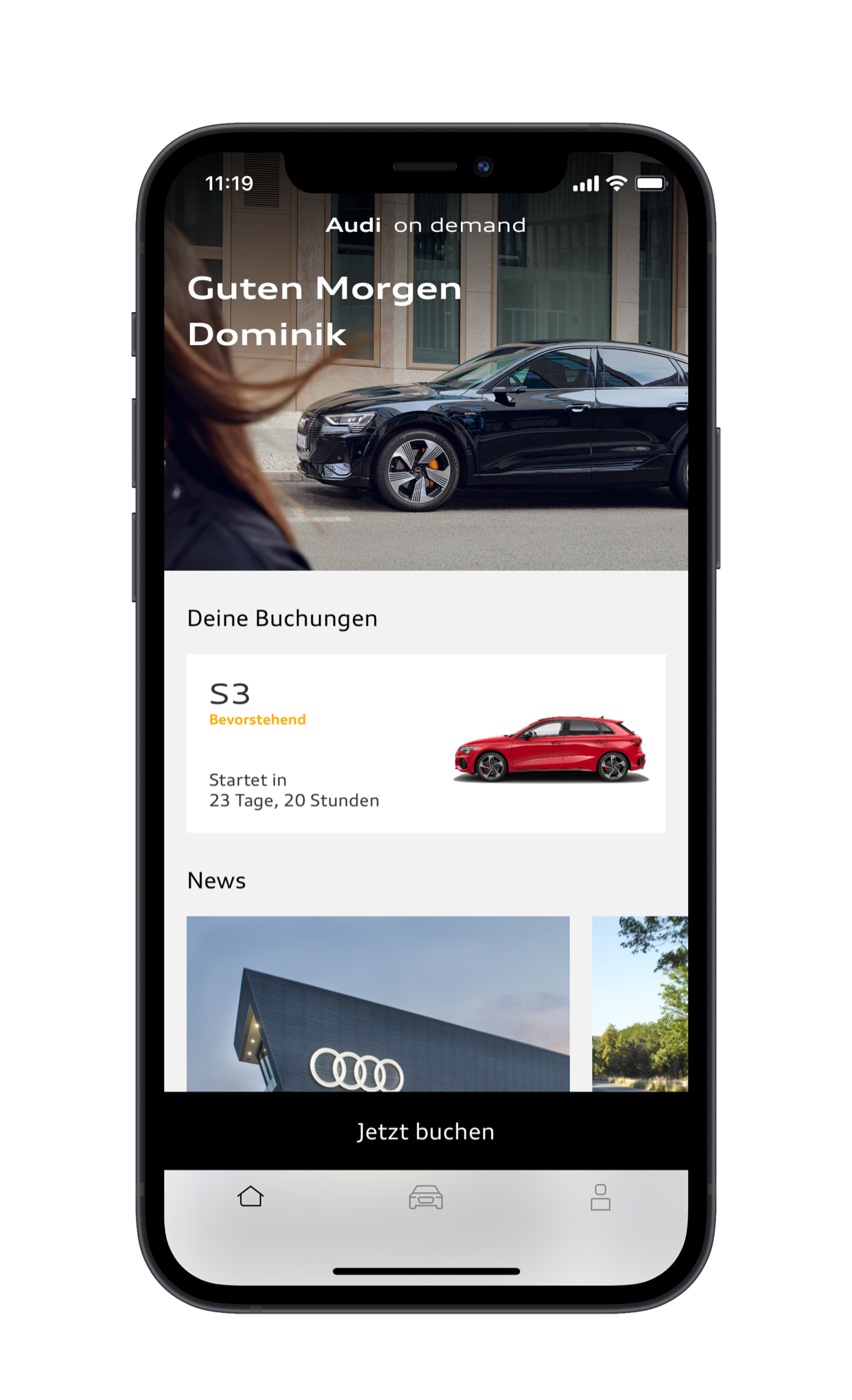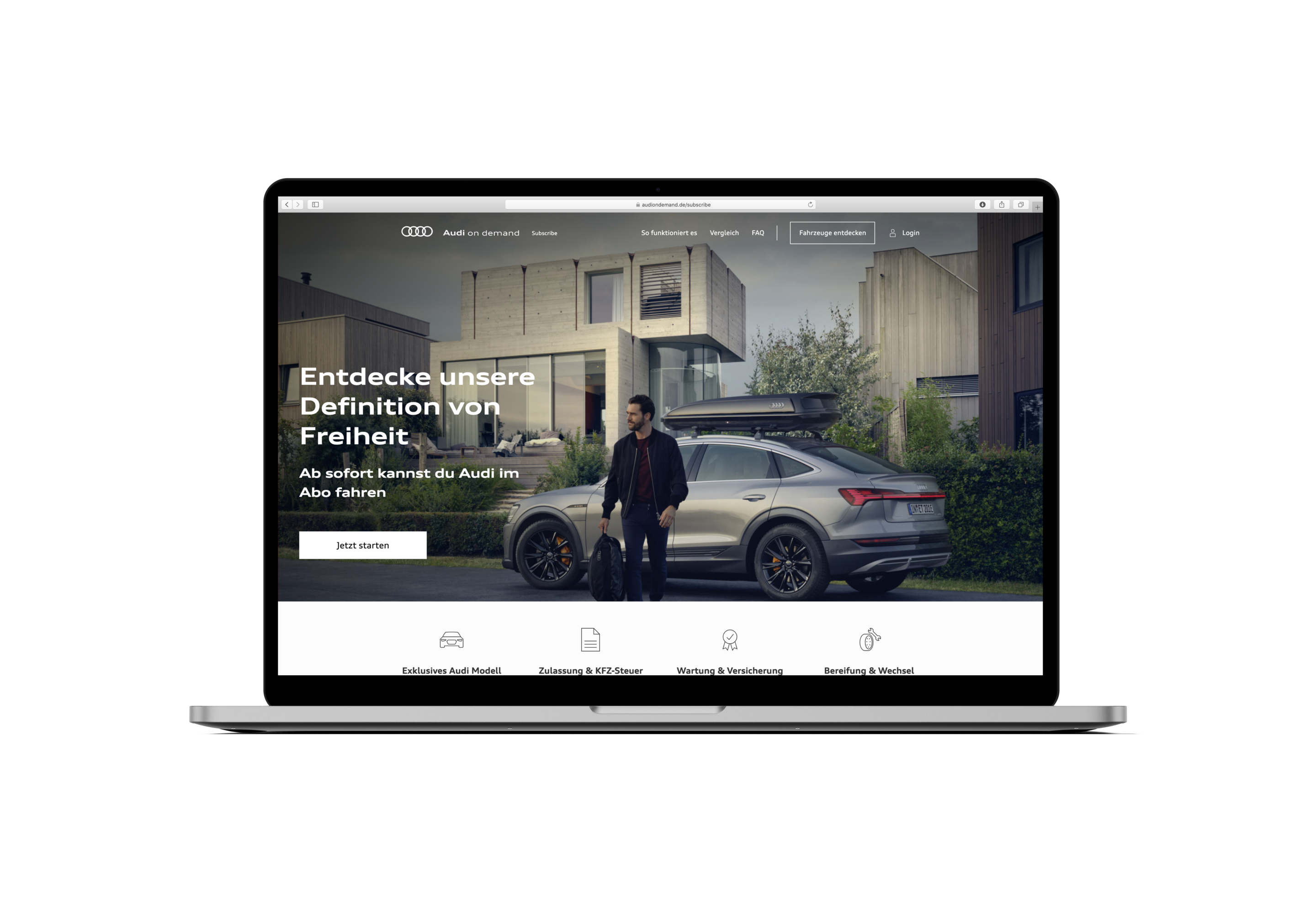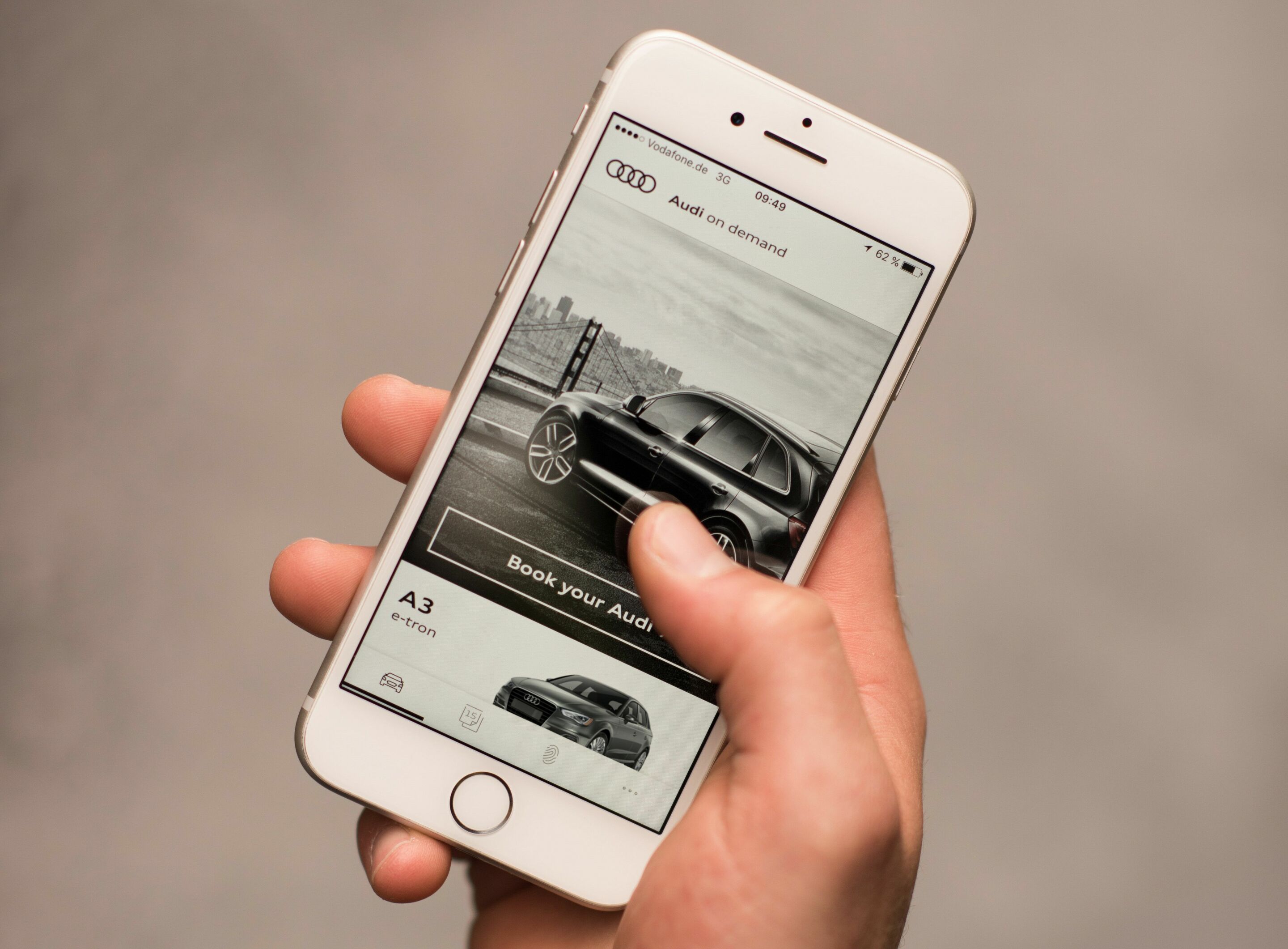Search
All search results for ""audi on demand""
(6)
 History
History
Inauguration of first local Audi gear works in Tianjin. 2017 Market launch of Audi Q7 e-tron (import). Launch of Audi on demand+ in Beijing. 2018 Receipt of two test licenses for highly automated driving (Level 4) in Wuxi and Beijing. Launch of locally manufactured Audi Q2L. Launch of Audi Q5 with extended wheelbase. World premiere of Audi Q8 in Shenzhen. Inauguration of Q-Factory in Changchun. 2019 World premiere of Audi AI:ME concept at Auto Shanghai. World premiere of China-specific generation of Audi connect. Launch of Audi e-tron (imported). Launch of locally manufactured new Audi Q3. Launch of locally manufactured new Audi A6L. 2020 Delivery of six millionth Audi in China. Start of local production of Audi e-tron. Annual sales exceed 700,000 vehicles for first time. Foundation of Audi FAW NEV Company Ltd. 2021 Launch of two-partner strategy with new partner SAIC and complementary model portfolio to the cooperation with FAW and existing model portfolio. Delivery of seven millionth Audi in China. Opening of first Audi Urban Showroom with partner SAIC. Start of production of Audi A7L and Audi Q5 Roadjet e-tron at SAIC location in Anting (Shanghai). Start of production of Audi Q4 e-tron with FAW in Foshan. Demonstration of development testing of Level 4 automated driving on public roads using 5G technology in Wuxi. 2022 Groundbreaking ceremony for new production site in Changchun. With construction set to finish by the end of 2024, this will be the first automotive plant in China where only all-electric Audi models roll off the line. Relocation of Audi China development team to new development center, the Audi China Building. Market launch of electric models Q5 Roadjet e-tron, Q4 e-tron, and RS e-tron GT. Construction of a brand-owned quick-charging network and commissioning of the first HPC stations: Audi Charging Stations. 2023 Audi FAW NEV company completed the construction of the factory and the installation of all production facilities.


